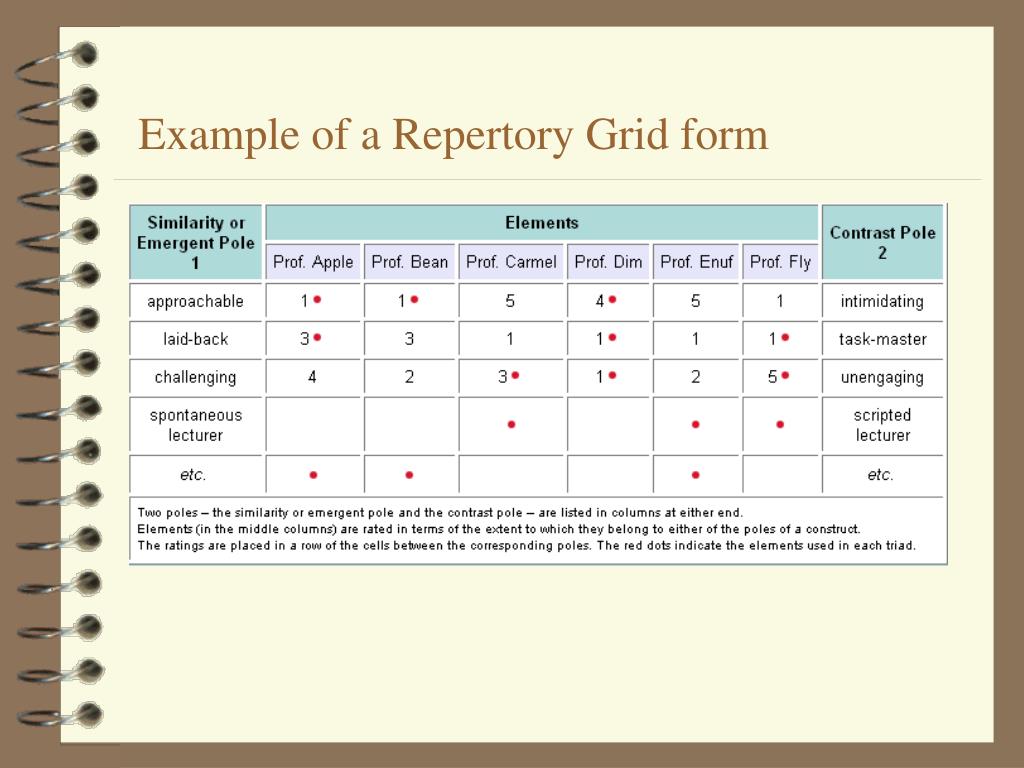
In the above screenshot, theįirst two columns are select-one questions, and the third column is a number Each column can be a different question type. To use this response type, define the number of rows andĬolumns you want in your matrix set and give each row and column a label or That display in a matrix format, whereby each cell within the matrix representsĪ separate question. This article was originally published in July 2016 and was updated in April 2022 by Elena Alston.The Question Matrix response type allows users to create a group of questions Instead, it's incredibly easy to use, right from your Google account.Īnd thanks to its deep integration with Google Sheets-and a wealth of add-ons-it can be a powerful tool to gather data and mine it for insights without leaving Google Workspace. It's not the most powerful or customizable form builder. Whether you need to make a simple poll or want a dynamic survey with customized questions for different response types, Google Forms has the essential tools you need.
GRIDDED RESPONSE SHEET HOW TO
Learn more about how to automate Google Forms. Turn form responses into tasks in your project management app Save respondent info (including their responses!) to your CRMĪdd respondents to your email marketing list, tagged a certain way depending on their answers Save form entries in a database or spreadsheet other than Google Sheets Get a notification wherever you want when your form is filled out (or even when your form is filled out in a specific way) Build add-ons with Google Apps Scriptīy connecting Google Forms to Zapier, you can automatically do things like: Or, if you're storing your form data in a Google Sheets spreadsheet, there's a wealth of Sheets add-ons to do more with your data.

GRIDDED RESPONSE SHEET PDF
Each response can be added to unique documents based on form questions, or they each can be added to the same document.įorm Notifications sends custom email notifications to you and optionally to form respondents with details about the form results and a thank you message.įorm Publisher makes template Google Docs documents, PDF files, or unique spreadsheets for each entry, and then shares them via email.įormRecycler imports questions from other forms to quickly reuse them without copying the entire form. You could use it to sort all similar entries into different sheets automatically.ĭocAppender adds your form results to the end of a Google Docs document instead of a spreadsheet. It's a great way to, say, make a signup form where respondents can each select one day or an order form for limited-quantity items.ĭata Director adds form responses to alternate sheets and sends email notifications based on conditions. It's a great tool for managing inventory or shared items, or it could be used creatively to, say, approve tasks or do other jobs where you need to move items between two categories.Ĭhoice Eliminator Lite eliminates options from multiple-choice, list, or checkbox questions if they've already been selected. Here are some of the best Forms add-ons to get started:ĬheckItOut lets you check in or out items with a form, essentially by rearranging data from one category to another in a spreadsheet. There's no menu option to manage or remove add-ons instead, just open the add-ons pane again, find the add-on you want to remove, click Manage, and then select Remove in its menu. To open an add-on, just select it in the add-ons menu, manage its settings from its add-on pop-up, and it'll then run in the background automatically.

Most add-ons run in a pop-up square on the lower right side of your forms editor, and they may also include an options pane for options that opens in the center of your editor. It can ask for a date and month and, optionally, the year and time as well. This form field works great for ranking grid questions, voting/poll questions, and comparison questions.ĭate: Want to ask for a specific date or time, perhaps to schedule an event or log an activity? The date field is the one you want to select. You can limit users to choose just one answer per row, and you can also shuffle the row order to eliminate bias. It lets survey respondents make comparisons or select, say, their levels of satisfaction with a product. In addition to the standard option to require responses, the grid lets you require a response per row and can also limit users to only one response per column.Ĭheckbox grid: The Checkbox grid allows respondents to select multiple answer options (columns) for each row in a table.

You might want to keep the form preview open while setting up grid questions-just tap the eye icon on the top right, and refresh that page to see your changes. You can include as many rows and columns as you want, though do note that readers will have to scroll right to see more than six columns on desktop browsers or just three columns on mobile.


 0 kommentar(er)
0 kommentar(er)
